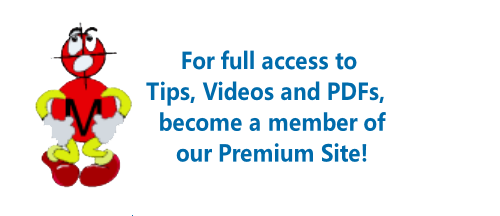Get Up to Speed with the ASME Y14.5-2018 Edition - 2018 (#294)
(In accordance with the ASME Y14.5-2018 standard)
PDF is Available with GD&T Reference Center Subscription.
By getting up to speed on the 2018 revision of Y14.5 you will learn of the changes which:
- Add new concepts and symbols to clarify the meaning of the drawing
- Clarify concepts found in the 2009 Standard
- Extend principles found in the 2009 Standard
- Resolve differences or discrepancies found in the current Standard
- Incorporate concepts from other Y14 standards
- Reference Y14.41, the standard that enables the tolerancing of 3-D models and reduced dimension drawings

When using composite profile, size is controlled by the tightest tolerance. This may not always be the design intent and an unnecessarily tight size tolerance can increase cost. The new Dynamic Profile Tolerance Zone symbol, in the 2018 standard, releases the constraint on size from the lowest segment to the specified upper segment of a composite profile tolerance. In this example, the form tolerance zone remains 0.3, but the height and width of the zone are controlled by the 0.8 tolerance in the upper segment. The 0.3 tolerance zone can still float and rotate, but it can also grow and shrink uniformly within the 0.8. Without the Dynamic Profile Tolerance Zone, the height and width of the zone would be controlled by the 0.3 tolerance zone. Orientation can also be controlled by the Dynamic Profile Tolerance Zone tolerance if datums are referenced in the lower segment.
Another new tool is the Represented Line Element, which allows you to indicate the orientation of directional dependent tolerances, like straightness (of line elements on a surface), orientation, and profile of a line in the model. In the example shown, you can tighten up (0.05) the straightness tolerance in one direction on your part, while allowing it to be looser (0.1) in the other direction. The represented line element has been in the Y14.41 standard and is now in Y14.5.

There are also new methods of describing directions with vectors and, of course, the retirement of Concentricity and Symmetry.
There is way too much to cover in this Tip. So, my Tip to you is—contact Tec-Ease, Inc., to get updated to the new edition of the Y14.5 Standard through our seminars, on-line training and of course our books and wall chart.
This tip is in accordance with ASME Y14.5-2018.
